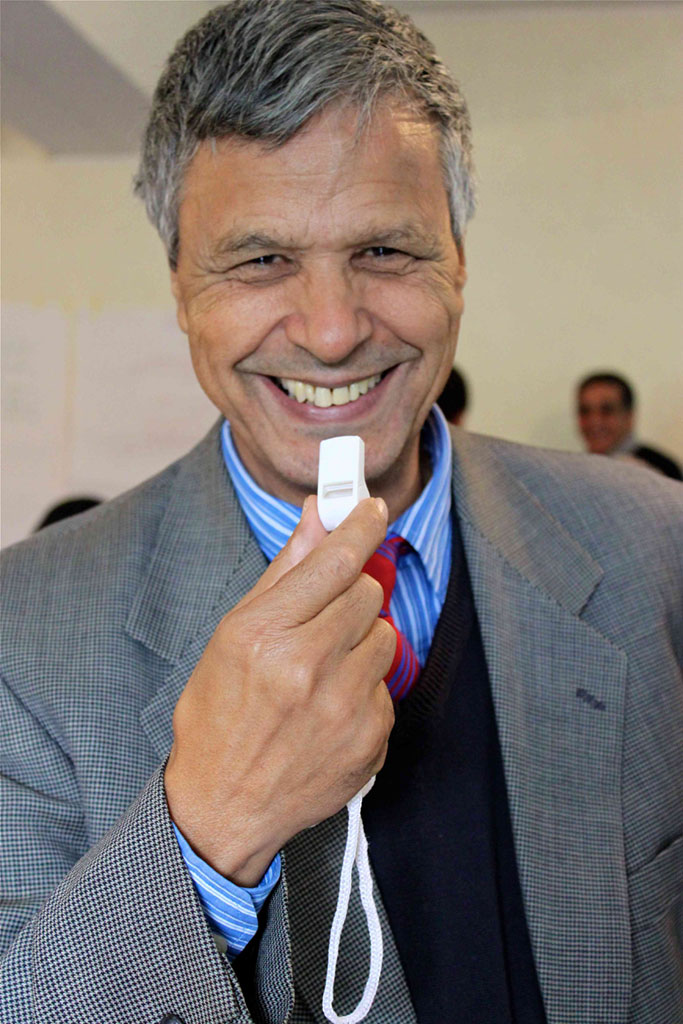
In 2001, Morocco endured its first Progress in International Reading Literacy Study (PIRLS), the international study of reading achievement in fourth grade. The results weren’t great: Morocco’s reading scores were the second worst of the 35 participating countries. The most recent PIRLS test in 2011 showed no improvement: Morocco was again at the bottom of the list.
In a country whose education system shows severe weaknesses in students’ overall academic achievement, how do you develop a reading program that will change those results – and support improvement of student learning at the middle-school level?
That was the question on my mind more than four years ago when I joined the Improving Training for Quality Advancement in National Education (ITQANE) project.
The program, funded by USAID, started right as the Ministry of Education instituted its Emergency Education Plan, with a focus on increasing education quality and teacher training. We teamed up with the Ministry to make sure our activities complemented their Plan; this included a huge emphasis on teacher training. In 2012, we combined the need for teacher training with Morocco’s low PIRLS results and launched the four-volume Enhanced Reading Program module for in-service teachers. Today, more than 3,000 teachers have been trained on the module.
Since we started the Reading Program in 2012, I’ve learned a lot about what makes a successful – and sustainable – reading program. Here, I share with you ten of the most important lessons:
1: Raise the question of sustainability at the beginning: In educational development projects like ours, sustainability is central. Our Reading Program built sustainability into the design – involving Ministry staff, incorporating it into the state-mandated teacher training system and having end-users take the lead in material development.
2: Make sure you have strong reasons for the program: There must be an educational and institutional rationale for the program. Ours was connected to the larger ITQANE goal of improving students’ achievement, and it carried significant institutional demand from our clients: USAID and the Moroccan Ministry of Education.
3: Ensure your team has strong expertise in reading: Although partners may take a key role, it is important the team has solid expertise in reading pedagogy. Our team made sure to stay abreast with the latest approaches and academic research. It is this expertise that enabled us later to confidently lead the development process and to gain the respect needed from our partners.
4: Identify strengths and challenges for your program: One must always be upfront and honest about opportunities and possible difficulties the program may encounter. The Reading Program offered many strengths: a strong rationale, professional strength and credibility of our team, and support from partners. However, there were still challenges: administrative complexities, teachers’ lack of time and the rigidity of the school curriculum.
5: Conduct formal data-gathering: Collecting information on students’ skills and difficulties in reading as well as teachers’ ideas for improvements will ensure the program addresses relevant concerns. We wanted our program to be anchored in the reality of the Moroccan middle school system, so we initiated three information gathering activities: (a) diagnostic testing of students, (b) teachers’ surveys and (c) open consultations with teachers and inspectors on instructional practices and proposals for improvements. These sources identified a wide range of needs, including weaknesses in comprehension, insufficient practice of reading, limited treatment of reading in content subjects, weak habits of free reading, and lack of awareness about the importance of reading.
6: Define the conceptual framework: The program must be coherent, clearly defined and focused on material development. According to our framework, the reading material would take the form of lessons based on four main dimensions: (a) Methodological, (b) Pedagogical, (c) Strategic, and (d) Thematic. A set of strategic features of the program should also be included; in our case, it was a bottom-up approach to material production, reading across the curriculum, constructing the program from within the existing curriculum, and a modular organization of the material.
7: Allow end-users to lead material development: The production of instructional materials should be led by teachers and their inspectors—the end-users themselves, with coaching from the project’s experts. This facilitates program ownership, encourages end-users to subsequently integrate it in their practice, and provides the opportunity to use the material production as a medium for training (hands-on training).
8: Pilot the program with teachers and students: Piloting ensures the program is relevant and effective; it also builds in time to address improvements. We designed the pilot, trained the Experimental group of teachers, administered pre- and post-tests, and collected qualitative data. Following the pilot, the training was revised based on feedback gathered during the pilot phase.
9: Anchor the program in the teacher-training system: The ultimate goal should always be to institutionalize the program – it’s another way to strengthen sustainability. After determining the program’s effectiveness through a pilot, the next step was institutionalizing it into Morocco’s teacher-training system. It has become part of the formal training for pre-service teacher trainers; it’s also become an e-learning training that will reach more teachers through distance education.
10: Monitor and evaluate throughout implementation: It is no longer enough to institutionalize a program; it must also capture valuable monitoring and evaluation data. Our material development and field piloting were closely monitored through ‘Best Practices Workshops’ for teachers and inspectors, and the program was internally evaluated by partners through special end-of-project workshops that asked about its usefulness and its impact on instructional practices.
Dr. Abdelkader Ezzaki is the Deputy Chief of Party of Creative’s ITQANE program in Morocco.
